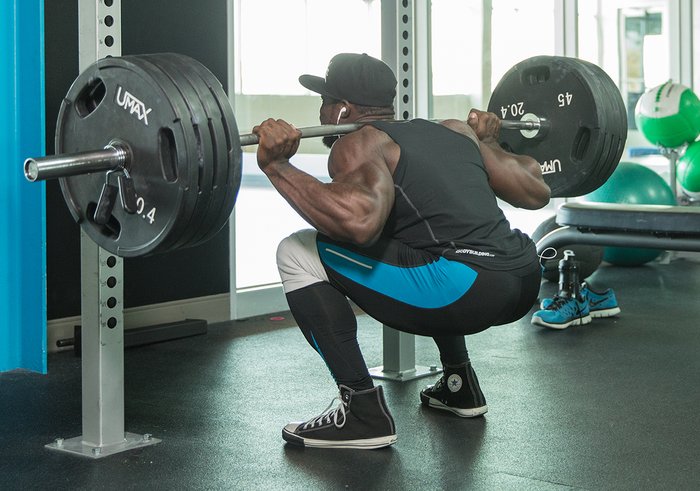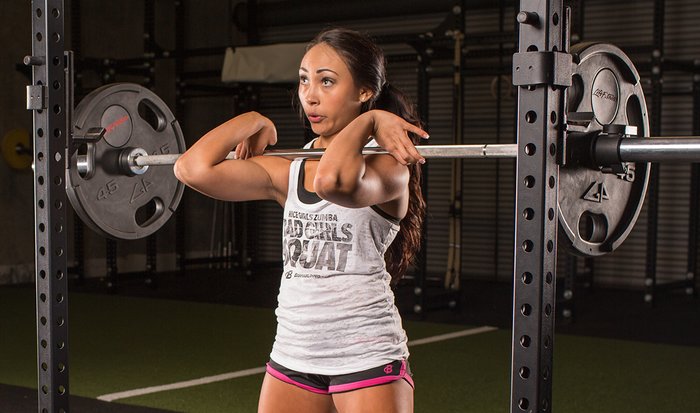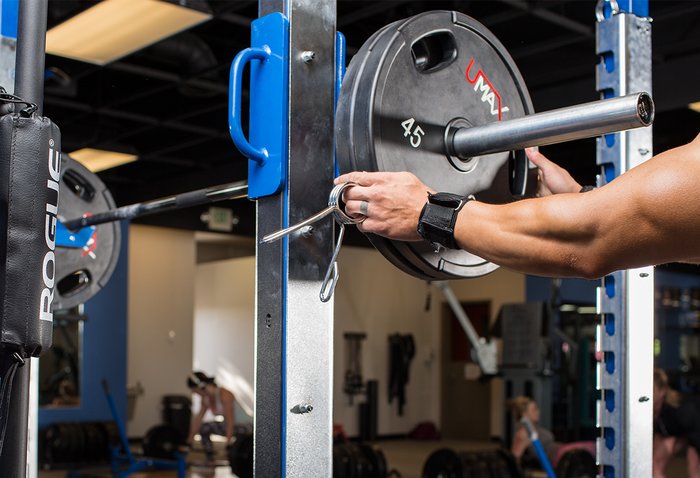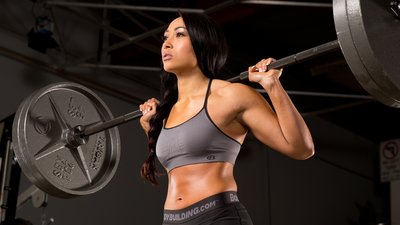As a strength coach, I've learned that there's more to squatting than simply getting under a bunch of weight and going for it. Read on for six tools that, when combined, will produce a synergistic effect on your squat.
1. Prioritize Squats In Your Workouts
Some 50 years ago, Texas oil tycoon H.L. Hunt opined: "Decide what you want, decide what you are willing to exchange for it. Establish your priorities and go to work."

To squat the biggest weights, squatting must become your number-one priority in the gym. It's that simple. Structure your training schedule so squat workouts fall on days with the most favorable conditions. For example, if every Thursday you have to work a double shift...don't squat on Thursdays.
Always take care of business outside of the gym, too. This means getting adequate sleep, proper nutrition, and proper supplementation. Yes, you'll be the square at the party because there's no alcohol for you. But you'll be leaving the brouhaha early to get some sleep, anyway.
2. Focus On Proper Alignment
From elite-level powerlifters to lifters so weak they have to wrap their knees to sit on the pot, many squatters fail at the fundamental task of proper alignment. When you get under the squat bar, make sure your hands, torso, and feet are aligned evenly, and set reference points you can repeatedly use. This will minimize the chance of injury or missing the weight. It will also maximize the amount of weight you can squat.
Squatting for strength should be a ritual. The power rings and center knurling on the barbell are two references points I use as an even-alignment "insurance policy." Realize that many such positions are determined by personal preference.
3. Shorten Your Walkout
Squat walkouts need to be short and deliberate. What do you do at the honky-tonk on a Saturday night? The two-step. That's our goal in the squat—a two- or three-step walkout.

To efficiently walk out, lift the weight off the rack, make sure the bar has settled, and then take one step on each leg to where your squat stance is. If you're still not quite in the right position, add a third shuffle step to assume your optimal stance. For the purposes of building strength or muscle, the goal is to maximize squatting, not take a stroll.
4. Stay Tight Throughout The Rep
"Breathe in and breathe out" is all fine and dandy for the geriatrics aquatic strength-training class, but when it comes to squatting barbells for maxes, it'll beat you down like a rented mule! Taking in and holding a big breath before squatting increases intra-abdominal and intrathoracic pressure. This keeps your spine stable and rigid and allows your core to adequately transfer force into the barbell, so you can lift more weight and reduce the chance of injury.
Brace your core and get tight from head to toe—so tight that if you stuck a piece of coal up your ass, six months later it would come out a diamond. Any loss of tightness is a loss of tension that could be applied to the barbell. Breathe out only after you reach the top of the lift.
5. Grease The Groove
The way you get to Carnegie Hall is practice, practice, practice. The same holds true with squatting. To take full advantage of your practice, you must treat the light weights like they're heavy and the heavy ones as if they're light. The goal isn't muscle confusion; it's to build the most efficient motor pattern possible. Every single set and rep should be as close to technically identical as possible regarding setup, depth, descent speed, and walking out.

Doing this with light weight gives you tens of thousands of more practice reps over the span of your lifting life. Squatting is not just an equation of brute force, it's a skill—a skill that must be practiced.
6. Train Cluster Sets
To get better at your one-rep max, you need to train more "first reps." A traditional 1990s YMCA-hypertrophy protocol might consist of 3 sets of 10 reps, which means you would get a total of 3 first reps (one for each set you do). However, you could do the same amount of volume and do 10 sets of three reps; now all of a sudden you've performed 10 first reps.
Furthermore, this will allow you to focus greater attention to technique on each individual rep, as well as perform each rep with a greater amount of power. Practice how you play.
Enough talk; time to hit the squat rack.

